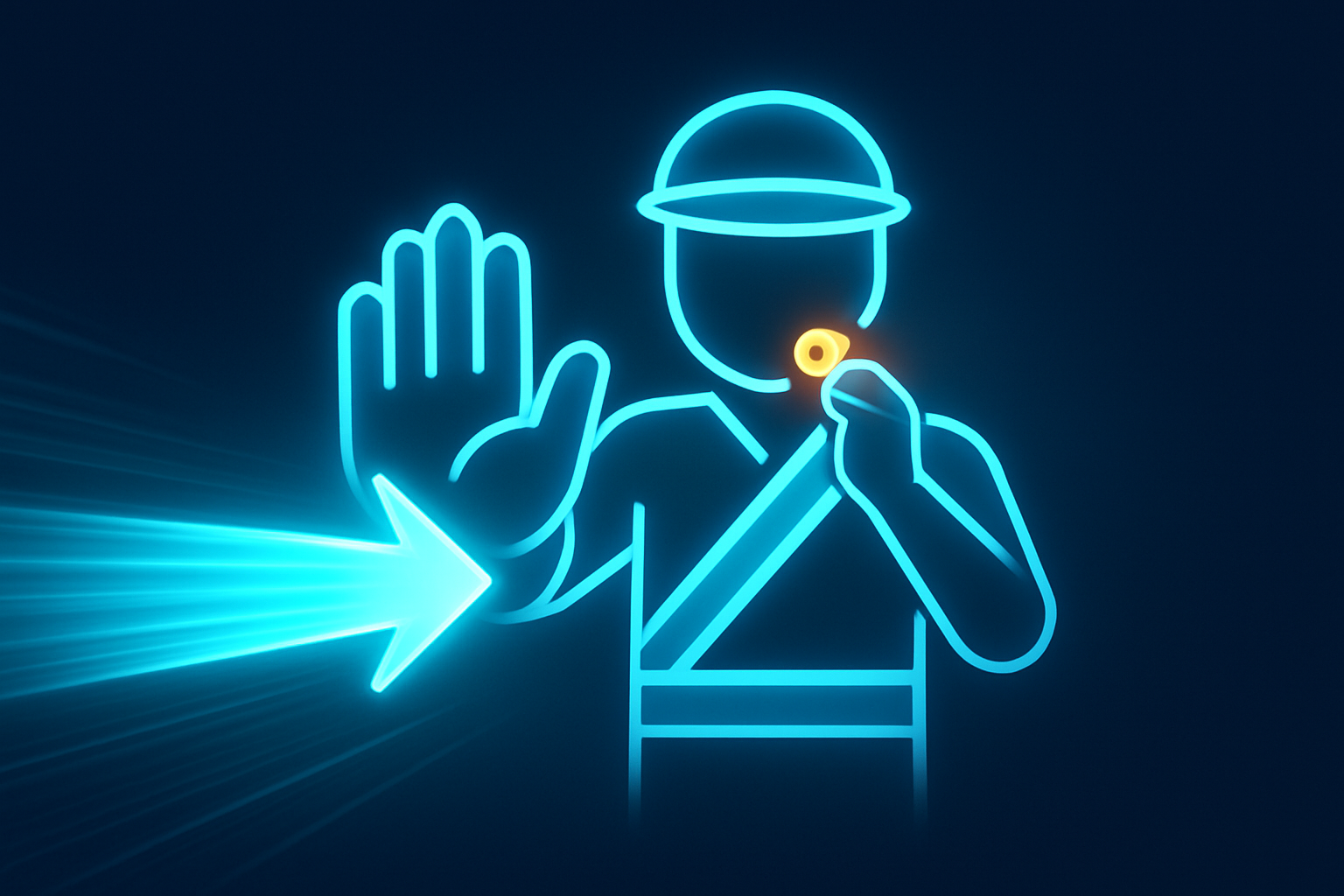The Wait Block: Adding Smart Timing to Your Automations
The Wait block gives you precise control over timing, so your automations don’t just run fast; they run at the right moment, every time.
The Wait block gives you precise control over timing, so your automations don’t just run fast; they run at the right moment, every time.

Not every step in an automation should happen instantly. Sometimes, the difference between a good workflow and a great one comes down to when things happen.
That’s where Flowrunner’s Wait block comes in. It gives you precise control over timing so that your automations run not just fast, but right on time.
The Wait block introduces intentional pauses in a workflow. Instead of rushing from one step to the next, you can hold execution until the right moment has arrived.
It works in two modes:
Automation isn’t always about speed. Sometimes you need:
The Wait block gives you this flexibility without adding complexity.
Onboarding Emails
Delay a welcome email by 10 minutes so it feels intentional, not robotic.
Payment Processing
Pause execution until a transaction has confirmed before releasing order fulfillment steps.
Customer Support
Hold escalation notifications for 2 hours, giving teams a chance to resolve issues before alarms trigger.
Batch Workflows
Use dynamic expressions to stagger processes (e.g., space out API calls to avoid rate limits).
The Wait block is a simple but powerful addition to your automation toolkit. Pauses can be:
Either way, you know that when the workflow moves forward, the previous step has truly completed.
The Wait block turns raw speed into smart sequencing. It ensures your flows don’t just run; they run in harmony with timing, context, and user experience.
👉 Next time you design a flow, ask: “Should this happen immediately, or after a pause?” If the answer is “pause,” the Wait block is your go-to.